Apple's introduction of the M3 processor family occurred during its "Scary Fast" special event in October 2023. The event saw the launch of three chips in the Apple Silicon line, consisting of the base M3, the M3 Pro, and the M3 Max.
The launch is unusual as Apple's usual process is to bring out one base-level chip before waiting a few months to introduce the Pro and Pro Max, with the Ultra much later in the lifecycle. It wasn't until March 2025 that the M3 Ultra was introduced.
The M3 generation also arrives in a much faster inter-generation timescale than the M2 to the M1. While the time difference between the M1 and M2 launches was 1 year and 7 months, the M3 landed 1 year and 4 months after the M2.
The dates are more apparent for the early M3 Pro and M3 Max. There was a gap of 1 year and 3 months between the M1 Pro/Max and the M2 Pro/Max, but that shrunk down to just nine months between M2 Pro/Max and M3 Pro/Max.
Apple was expected to skip the M3 Ultra altogether as it released the M4 processor in May 2024, just seven months after M3. However, it surprised everyone with M3 Ultra as an upgrade to the M4 Max in Mac Studio.
CPU changes
The M3 is the first M-series Apple Silicon chip to use a 3-nanometer process, a die shrink that helps improve chip density, increase speed and efficiency, and can also help with thermal management.
While the base M2's CPU was around 18% faster than its M1 equivalent, Apple claimed the M3 is 35% faster than M1, with fairly similar speed increases going up the scale.
According to Apple, the performance cores offer up to 30% more speed than the M1 variants, while the efficiency cores are up to 50% faster. This results in the M3 providing the same multithreaded performance as M1 while using half the power, or 35% more performance at peak power usage.
The unified memory architecture, a hallmark of Apple Silicon, has been altered to allow configurations of up to 128GB for users.
The Neural Engine gained more speed, with it 60% faster than the M1 version
The Media Engine adds support for AV1 decode, on top of the usual ProRes and ProRes RAW, HEVC, and H.265 support. There are dedicated video and decode engines, as well as ProRes encode and decode engines.
GPU changes
The biggest changes involved the GPU, which Apple described as a "next-generation" element and the "biggest leap forward in graphics architecture ever for Apple Silicon."
The GPU changes include a new technology called Dynamic Caching, which allocates local memory use in real-time, only using the exact amount of memory required for a task. The change, an industry first, increases the GPU's average utilization and in turn increases performance.
Another GPU change is the inclusion of hardware-accelerated ray tracing, which models the properties of light as it interacts with a scene. This lets game developers create more accurate shadows and reflections.
Hardware-accelerated mesh shading adds more capability and efficiency to geometry processing, improving performance when compiling complex scenes.
The new architecture is claimed to be up to 2.5 times the speed of M1 equivalents, with M3's GPU able to deliver the same performance as M1 while using only half the power. Conversely, it can offer 65% more performance at its peak.
Baseline M3
The entry-level M3 chip offers users a total of 8 CPU cores, split into four performance cores and four efficiency cores. This is the same split as the M2 equivalent.
The 100GB/s of memory bandwidth is also carried over from the M2, with no improvement. Users are able to configure from 8GB up to 24GB of unified memory in systems.
The 10-core GPU is generalized by Apple to be 65% faster than the M1 equivalent. Hardware raytracing is included as part of the release.
Just as with the M2, Apple does include a Media Engine in the M3, which will help assist video-based workflows. The M1 continues to be the only Apple Silicon chip without any Media Engine support.
For M3, Apple's change in architecture to a 3-nanometer version also results in a higher transistor count, with 25 billion transistors approximately 5 billion more than M2.
The 16-core Neural Engine is 60% faster than M1.
In terms of benchmarks by AppleInsider using Geekbench, the M3 manages 3,160 for single-core tests, and 11,200 for multi-core. By contrast, the M2 gets to around 2,600 for the single-core test, 9,751 for multi-core.
For display support, the M3 can manage one external 6K 60Hz display alongside a built-in screen, matching the M2.
Computers with M3
- iMac (2023)
- 14-inch MacBook Pro (2023)
M3 Pro
The M3 Pro, launched far earlier in Apple's chip release schedule than usual compared to the M2 Pro, arrived less than a year after its predecessor was launched.
For the CPU side, the M3 Pro has either five performance and six efficiency cores in its 11-core variant, or six performance and six efficiency cores in its 12-core alternative. This departs from the M2 Pro's approach of using four efficiency and six or eight performance cores, meaning there are proportionately fewer performance cores in M3 Pro over M2.
Unusually for the M3 Pro, it actually has fewer transistors than the M2 Pro, at 37 billion to 40 billion. This doesn't really impact performance, as it still gets 3,035 for single-core in Geekbench for its 12-core CPU, and 15,150 for multi-core performance.
Transistor counts and CPU core oddities aren't the only things Apple has held back on, as the memory bandwidth is only 150GB/s. This is between the 100GB/s of M1 Pro and 200GB/s of M2 Pro.
Unified memory capacity options consist of 18GB or 32GB options, up from the M2 Pro's 16GB and 32GB choices.
The GPU does get a core count bump to 12 or 14 cores, depending on CPU variant, along with the ray tracing and Dynamic Caching benefits of others in the range.
Display support includes two external 6K 60Hz displays, or one 6K 60Hz screen and another 4K 144Hz over HDMI. For a single external display, it can manage an 8K 60Hz screen, or a 4K 240Hz version.
Computers with M3 Pro
- 14-inch MacBook Pro (2023)
- 16-inch MacBook Pro (2023)
M3 Max
The M3 Max is the top tier of the three Apple brought out at launch, and will be the most powerful until Apple brings out the inevitable M3 Ultra.
Onboard the M3 Max is either 14 or 16 CPU cores, with 4 efficiency cores joined by 10 or 12 performance cores. The high core counts also equates to a massive number of transistors, with 92 billion used eclipsing the 67 billion of the M2 Pro.
The benchmarks for the M3 Max 16-core are in line with the rest for single-core Geekbench tests, at 3,130 points. On the multi-core tests, M3 Max with the 16-core CPU reaches 20,800.
The scores demonstrate how powerful the M3 Max truly is, especially compared to the 12-core M2 Ultra. That chip manages 2,800 on single-core and just beats the M3 Max with 21,319 on multi-core.
For the GPU, Apple includes 30 cores or 40 cores, depending on whether the customer goes for the 14-core or 16-core GPU.
The M3 Max also benefits from an improved Media Engine over the other two models, by using two video encode engines and two ProRes encode and decode engines.
The unified memory's bandwidth is highest in the M3 Max, in either 300GB/s or 400GB/s speeds depending on if it is the 14-core or 16-core CPU.
Memory capacities are somewhat confusing when it comes to the M3 Max, as there are two different scales.
The 14-core M3 Max can be equipped with 36GB or 96GB of unified memory. The 16-core M3 Max starts at 48GB with 64GB and 128GB capacity options.
For external displays, the M3 Max can work with up to four, including three 6K 60Hz and one 4K 144Hz screen. For three displays, it can be two 6K 60Hz panels and one 8K 60Hz or a 4K 240Hz screen.
Computers with M3 Max
- 14-inch MacBook Pro (2023)
- 16-inch MacBook Pro (2023)
M3 Ultra
Apple revealed the M3 Ultra in March 2025, well into the M4 chip cycle. In fact, it is offered in the Mac Studio above an M4 Max configuration.
It may be a strange approach, but could be due to any number of factors. Supply chain complexity, costs, or performance targets.
Previous Ultra chips have consisted of two Max chips connected together using a proprietary UltraFusion bridge, effectively doubling the number of available CPU and GPU cores, and memory. It didn't seem that the M3 Max had the bridge, but it must have been added to create the Ultra.
The M3 Ultra includes 32 CPU cores, up to 80 GPU cores, and up to 512GB of RAM. It has 800GB/s memory bandwidth and includes support for Thunderbolt 5.
It launched in the Mac Studio, but there was no mention of the Mac Pro. Apple also shared that customers shouldn't expect an Ultra chipset in every generation.
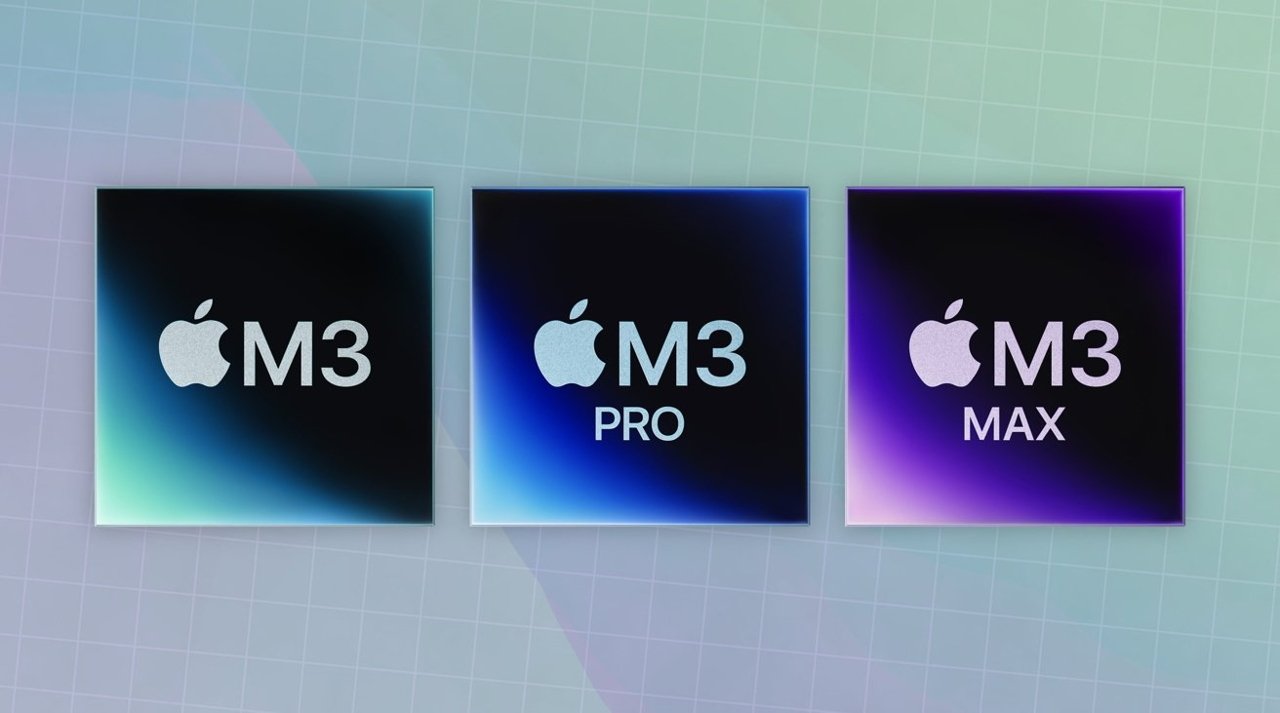
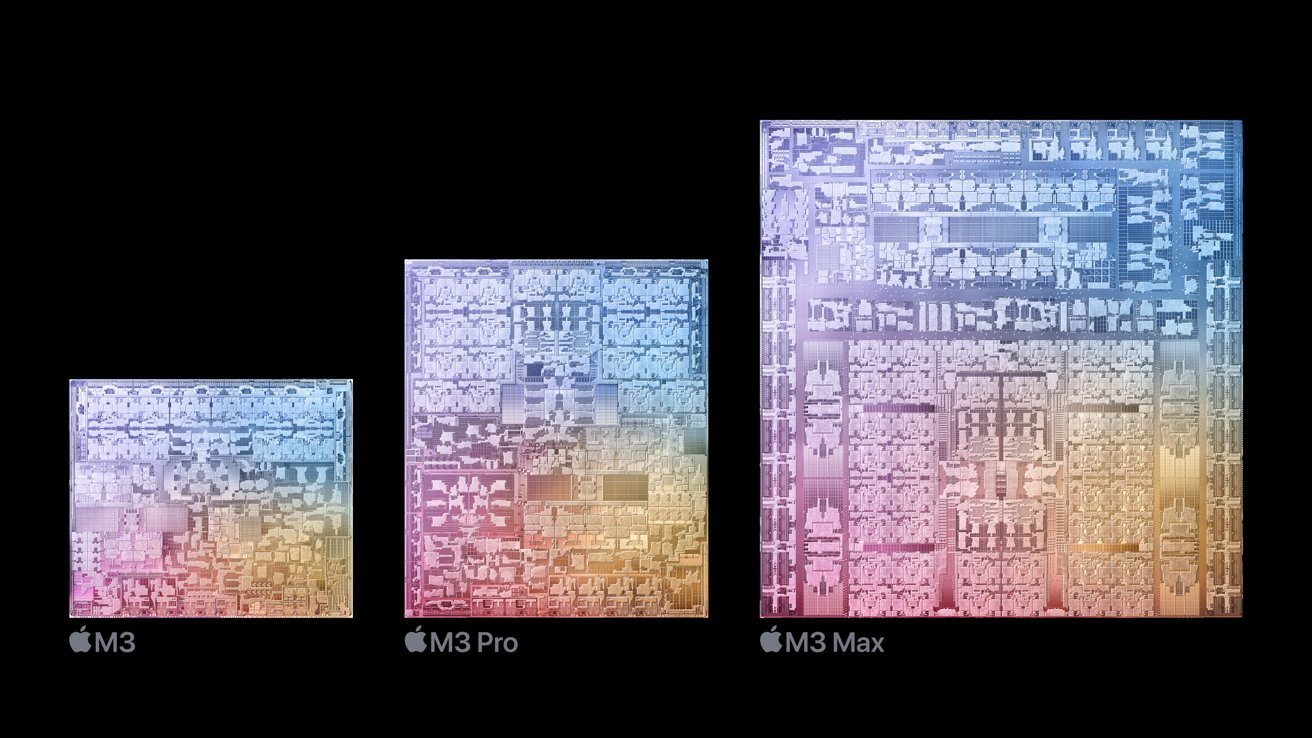
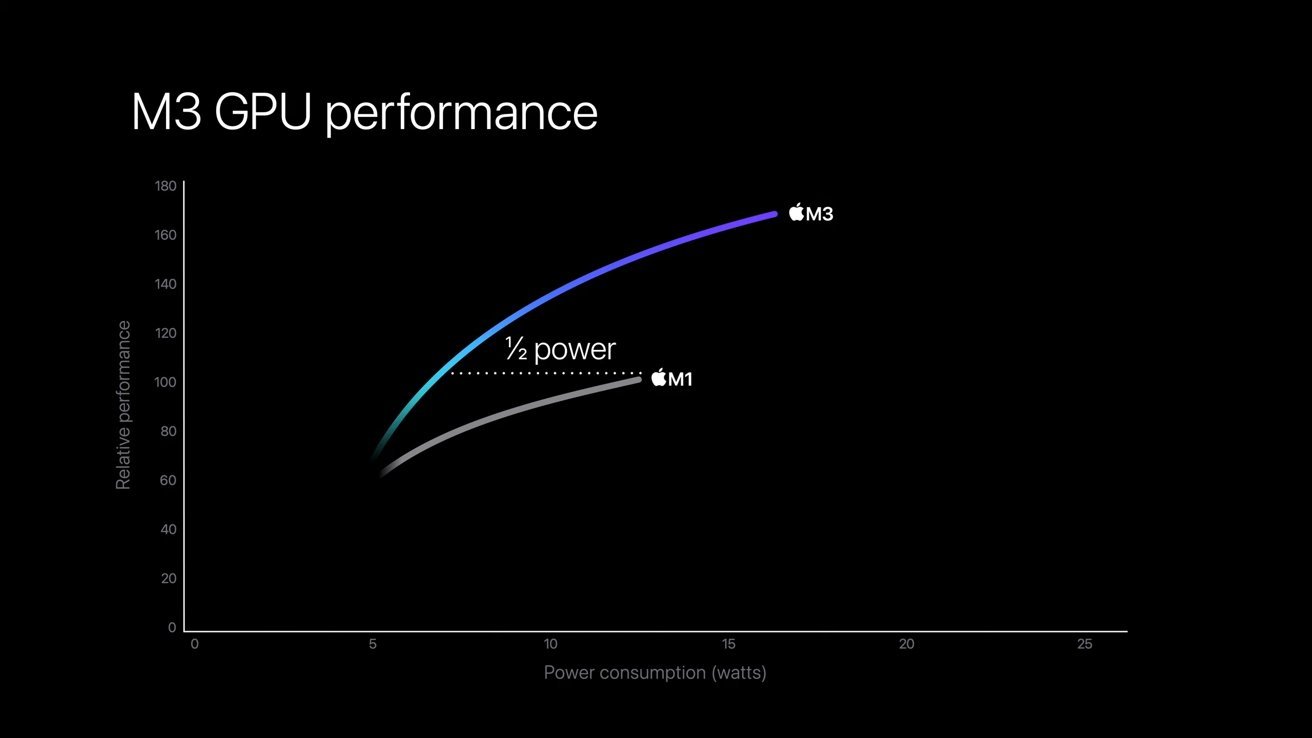
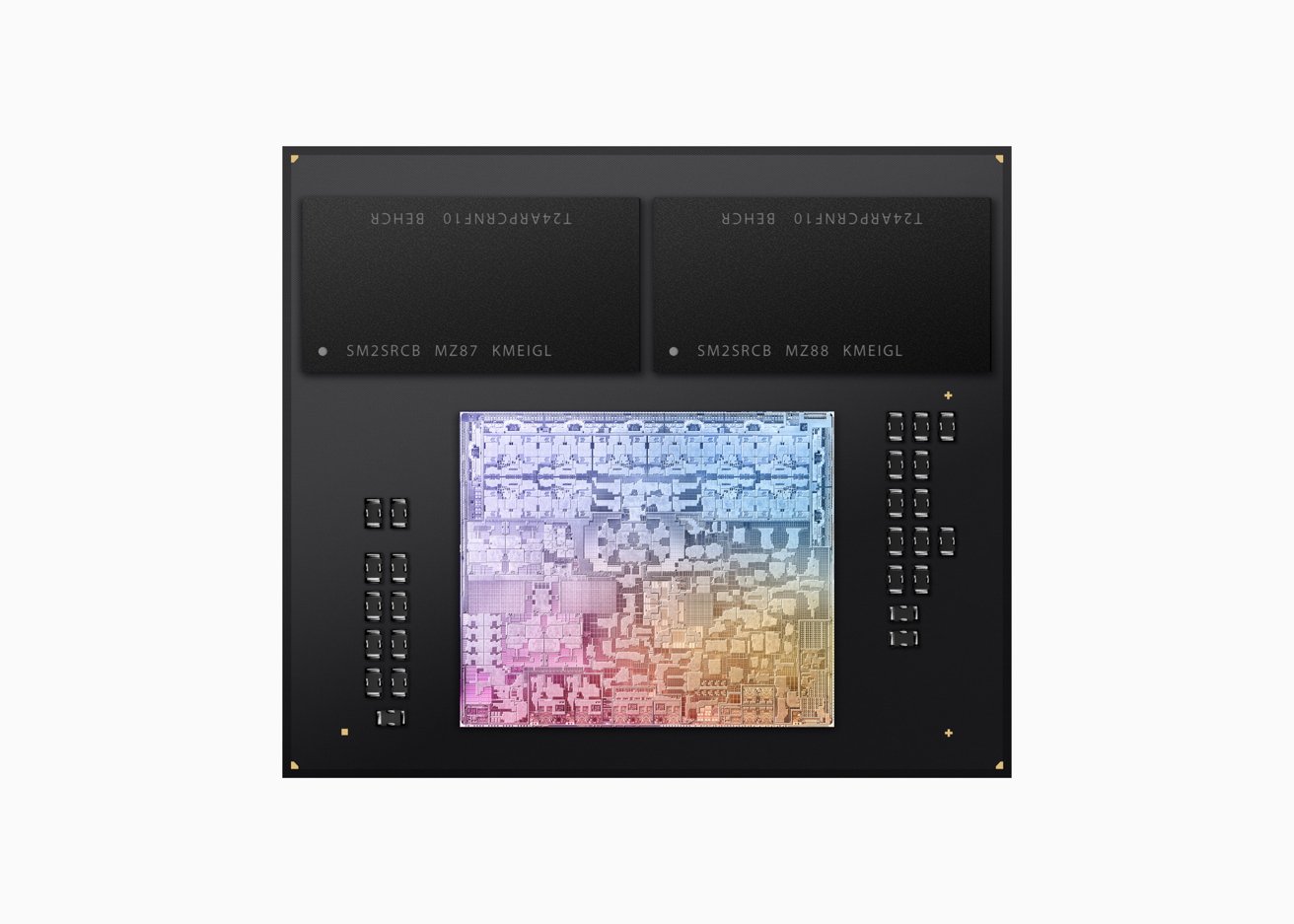
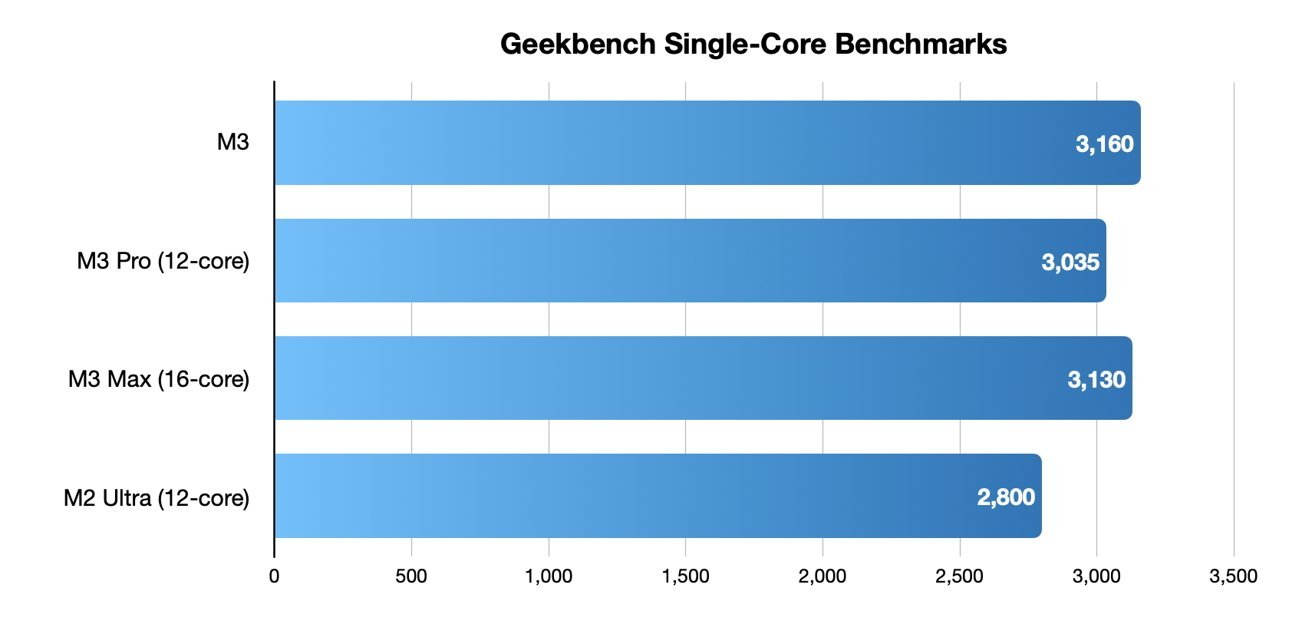
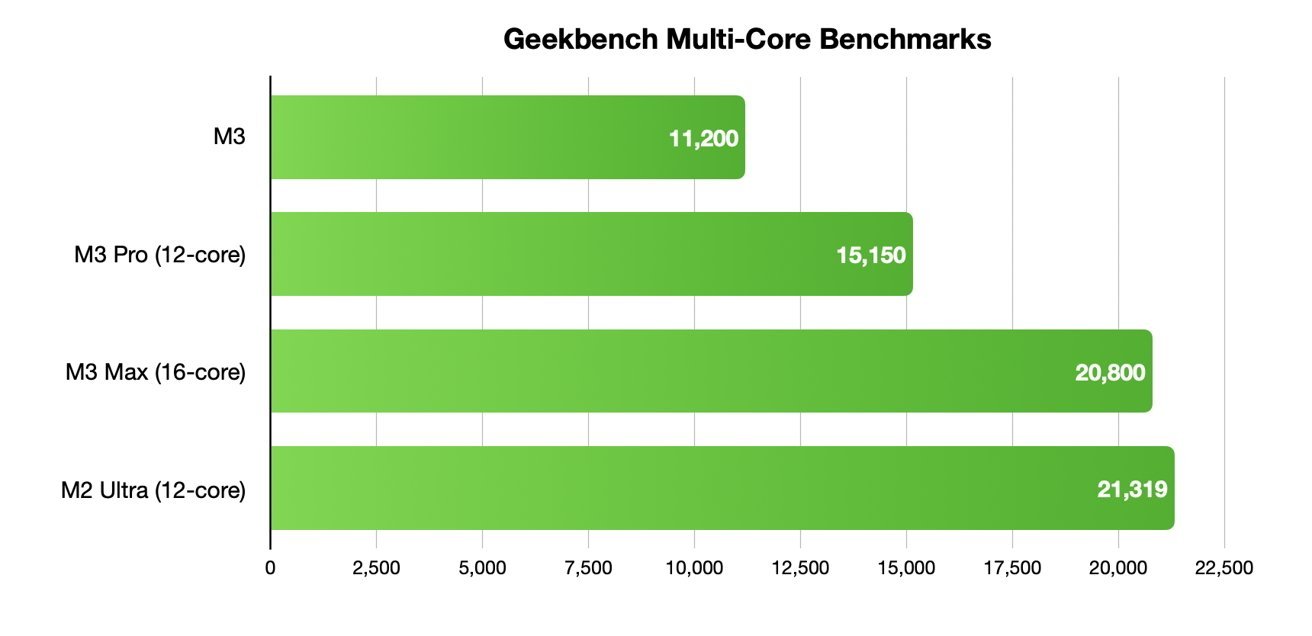
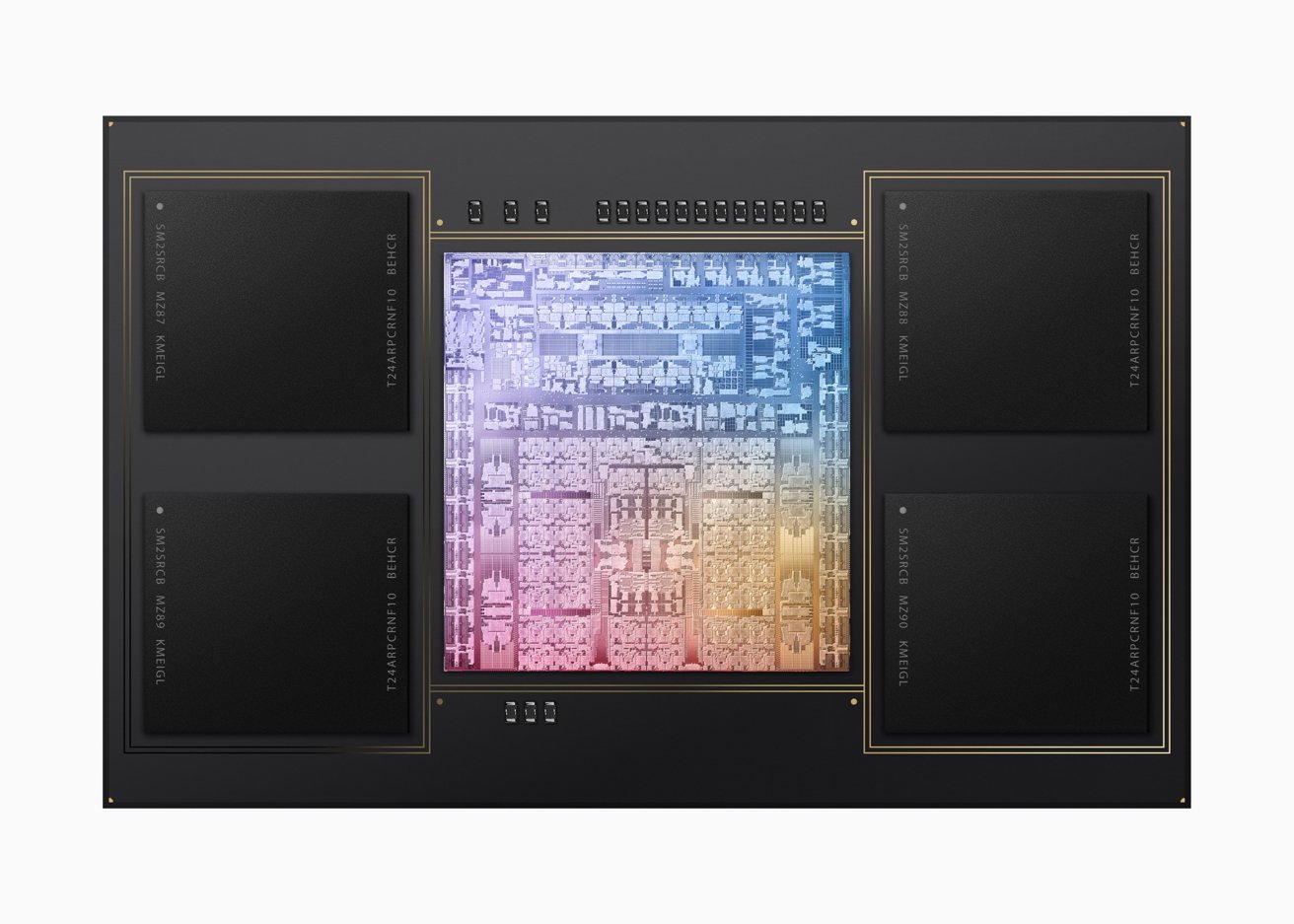
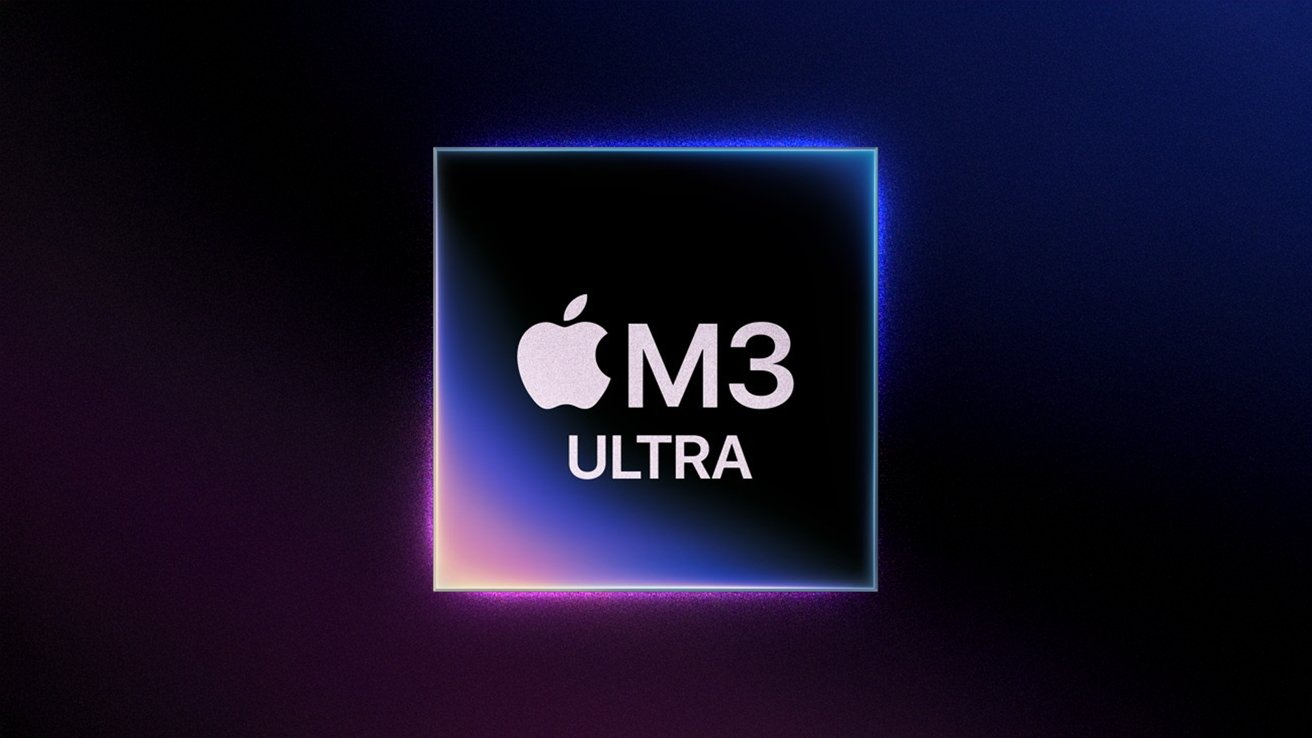

 Andrew O'Hara
Andrew O'Hara
 Andrew Orr
Andrew Orr
 Malcolm Owen
Malcolm Owen
 Marko Zivkovic
Marko Zivkovic


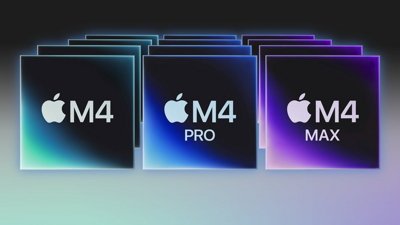
 Mike Wuerthele and Malcolm Owen
Mike Wuerthele and Malcolm Owen

 Daniel Eran Dilger
Daniel Eran Dilger